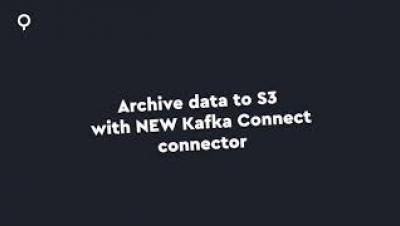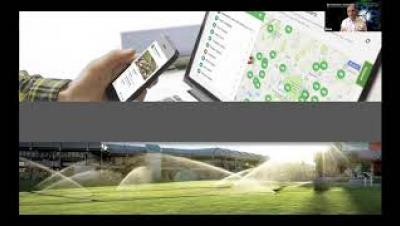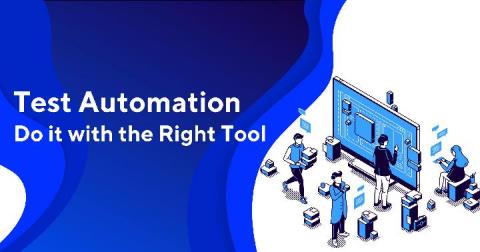Gartner Post-Pandemic Government Digital Transformation Insights
The COVID-19 pandemic has forced government organizations to reassess their strategies, plans, and aspirations for digital transformation. Despite this uncertainty, IT leaders must quickly identify and act on strategies and plans that lead to positive outcomes. In many cases, governments will expand the role of digital technologies in service and program delivery.










